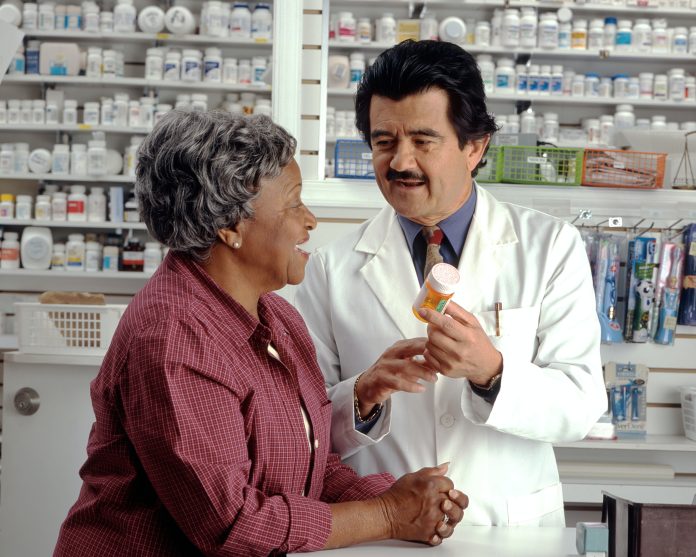There are a few things that are guaranteed in life, but increasingly higher prices for your prescription medication shouldn’t be one of them.
Healthcare access and affordability is a challenge that Americans – especially those above 50 years old– have faced for many years now. Dealing with reduced income post-retirement and increases in annual cost of living expenses, many have to choose between essential items in their monthly budgets like medications or groceries. This shouldn’t be the case.
Luckily, there’s power in education and awareness. To address this issue and healthcare crisis, more alternative options have become available for you to access affordable prescription medications – it’s just a matter of knowing where to look. This applies to everyone, even for those on Medicare.
One of the easiest ways to cut down on medication costs is by using a free prescription saving card, like Visory Health. These prescription cards are easy to use and can provide up to 80% off the cost of a prescription, which is helpful considering 1 in 5 older adults older say they can’t afford their prescription medications and have either skipped, delayed, or took less medication than was prescribed because of concerns about cost, according to JAMA Network Open. But with the additional help from Visory Health, nearly 3.26 million people have saved $4.13 billion on their prescriptions in less than 2 years.
With the new year comes new insurance deductibles for many in America which means insurance won’t cover medication costs until the out-of-pocket deductible is met. And 78% of Americans never will by the end of the year. Or maybe you’re on Medicare and find yourself having gaps in drug coverage, making it even more confusing. Either way, it is helpful to know the other options available that still allow you to go down to your pharmacy to pick up your prescriptions.
Although discount cards and insurance plans can’t be used simultaneously in a prescription purchase, it never hurts to compare your medication cost using your insurance and using Visory to ensure you’re getting a great and affordable price for your medication. Some Americans prefer to check every medication using discount savings cards like Visory because it could be cheaper than using their insurance.
Over the years, national prescription drug spending has increased dramatically, from $80 billion in 1980 to $335 billion in 2018 and $378 billion in 2021. This really accelerated in the 1990s when drugs that generally treat high blood pressure and high cholesterol grew in popularity.
Now, seniors spend the most amount of money on healthcare per year than any other generation at an average of $11,300 or $940 per month. This isn’t surprising as health concerns appear more frequently as we age, but any chance to minimize the impact on wallets should be prioritized. Each year when insurance deductibles reset again, a prescription discount card can become a vital tool to receiving the healthcare treatment that is needed for a healthy and longer life.
Using a prescription discount card, such as Visory Health, is quick and easy because you don’t need to make an account, give your information to use the card, or worry about always needing to get the latest coupon. Simply request a card on the website, or better yet, download the app to show the digital card to a pharmacist, then ask them to run the prescription using the savings card. These cards can be used in most retail pharmacies and grocery stores nationwide. Visory Health, for example, is available in more than 35,000 pharmacies nationwide such as Kroger, Ralphs, King Soopers, CVS, Smith’s, Publix and more. By using these cards, pharmacists can make informed recommendations and educate their patients about options that will help them receive the treatment they need. That’s why prescription discount cards play a vital role in creating healthier communities for everyone.
Of course, there are other ways you can cut down on monthly expenses, too. A major one is opting for a generic prescription over a brand-name one. Oftentimes on-brand drugs cost much more than a generic drug, or biosimilar. According to consulting firm XIL Health, brand drugs cost an average of $440 for a 30 day supply. Generics are just as effective as brand drugs and are cost effective with the average generic cost running about $144 before insurance or discount cards are applied. These drugs all have the same main ingredient and are intended to treat the same health condition, but consulting with a doctor before switching from a brand-name to a generic option is always recommended.
You can also check drug pricing prior to filling a prescription to know whether you can afford that drug. If the drug is too expensive, speak with a pharmacist or their doctor about changing to a less expensive option. By utilizing one or more of these available resources, the parents and loved ones can lead happier and healthier lives.
























